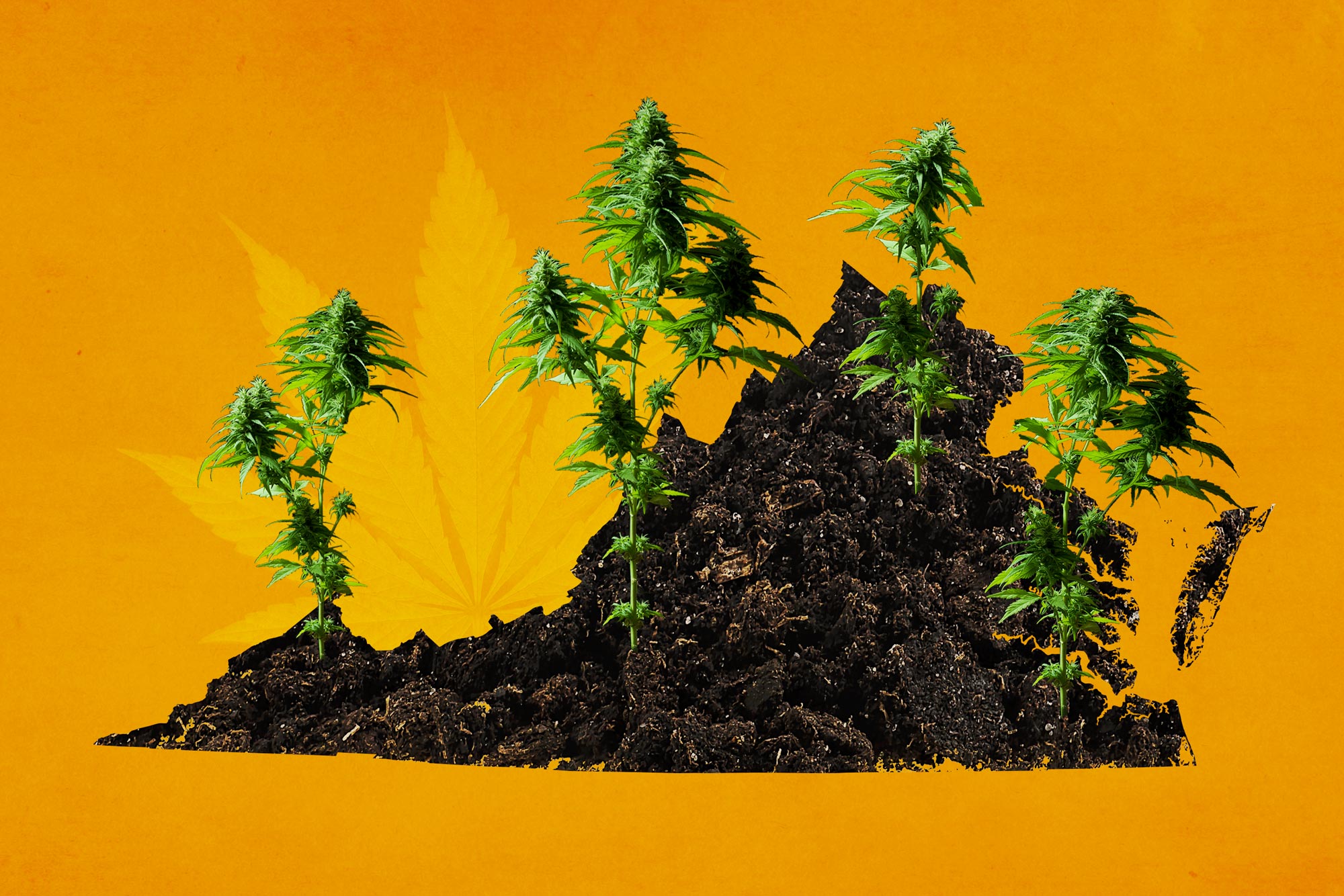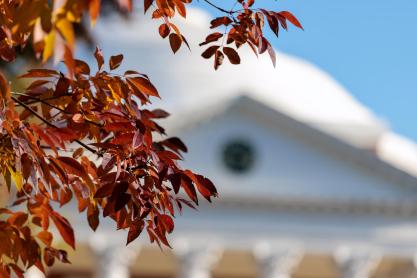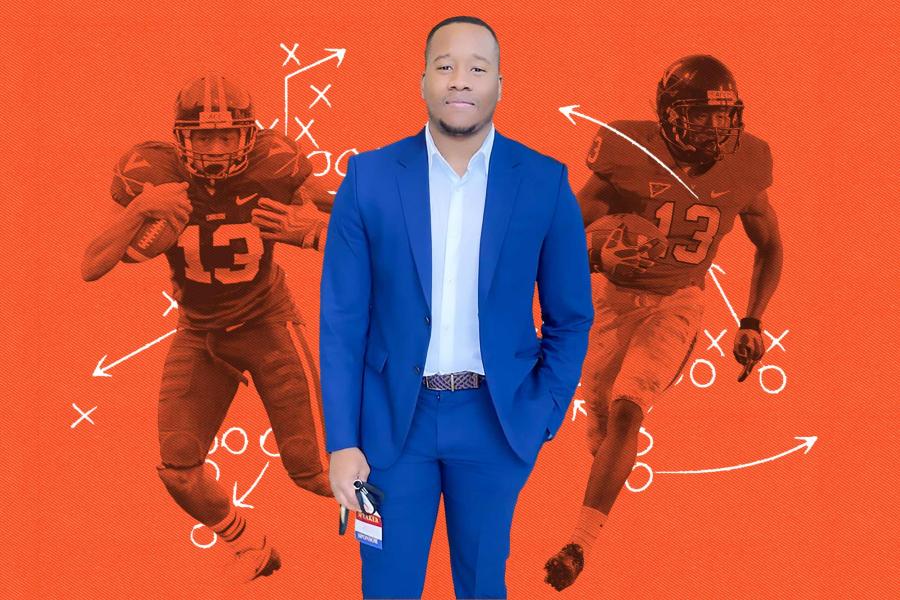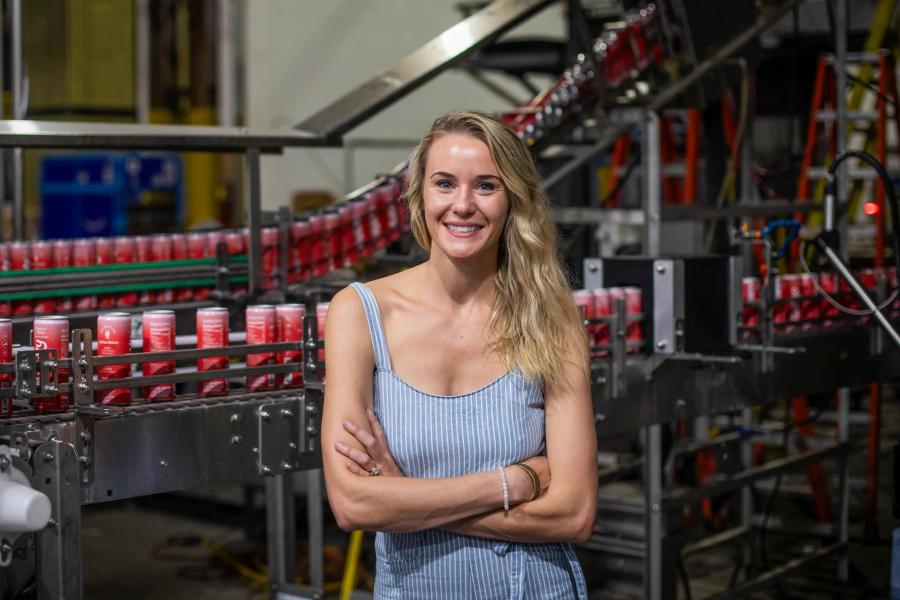From 1971 to 1973, University of Virginia law professor Richard Bonnie was part of the National Commission on Marihuana and Drug Abuse, which recommended that the Congress and the states decriminalize marijuana use, including possessing or sharing up to an ounce.
“Our objective at the time was to get people out of the criminal justice system for marijuana use, because the costs of criminalizing marijuana – the social costs and costs to people’s lives – far exceeded the benefits, in our view,” said Bonnie, the Harrison Foundation Professor of Medicine and Law and director of the Institute of Law, Psychiatry and Public Policy, who also wrote a 1974 book on the subject, “The Marijuana Conviction: A History of Marijuana Prohibition in the United States.”
The commission’s recommendation was never adopted nationally, but on Thursday – nearly 50 years after the commission issued its report – it will become a reality in Virginia as new legislation takes effect, allowing adults 21 and older to possess up to an ounce of marijuana for recreational use. Virginia will become one of 18 states permitting recreational marijuana use in some form, a massive shift that started in 2012 with Washington and Colorado.
The Virginia law has many caveats. For example, any adult possessing more than an ounce of marijuana but less than a pound will face a civil penalty of up to $25. Anyone possessing more than a pound could face felony charges carrying up to 10 years in jail or a fine of up to $250,000. Individuals cannot distribute marijuana, though they can gift up to an ounce of it. Households can have up to four marijuana plants, but there is not yet a formal framework for businesses to sell marijuana; the commonwealth will set up a new agency to oversee an eventual commercial market.
Those examples alone illustrate how complex the legislation is – all 280-plus pages of it – and the challenges and questions that come with implementing changes to drug laws.
We spoke to Bonnie last week about some of those questions and the history behind Thursday’s change.
Q. Can you give us some historical context for the Virginia law taking effect Thursday?
A. First, I think it is important to distinguish between decriminalization and legalization. I would call what is happening now in Virginia “decriminalization,” because it declares behavior that used to be a crime is no longer a crime. There are, however, still penalties for possessing more than an ounce, and there is the question of where an individual gets the marijuana. The law provides for up to four plants per household, but does not account for other ways individuals might acquire marijuana, which in most cases involves an illicit market. True “legalization” will involve setting up a regulatory structure for growing, manufacturing and distributing the product.
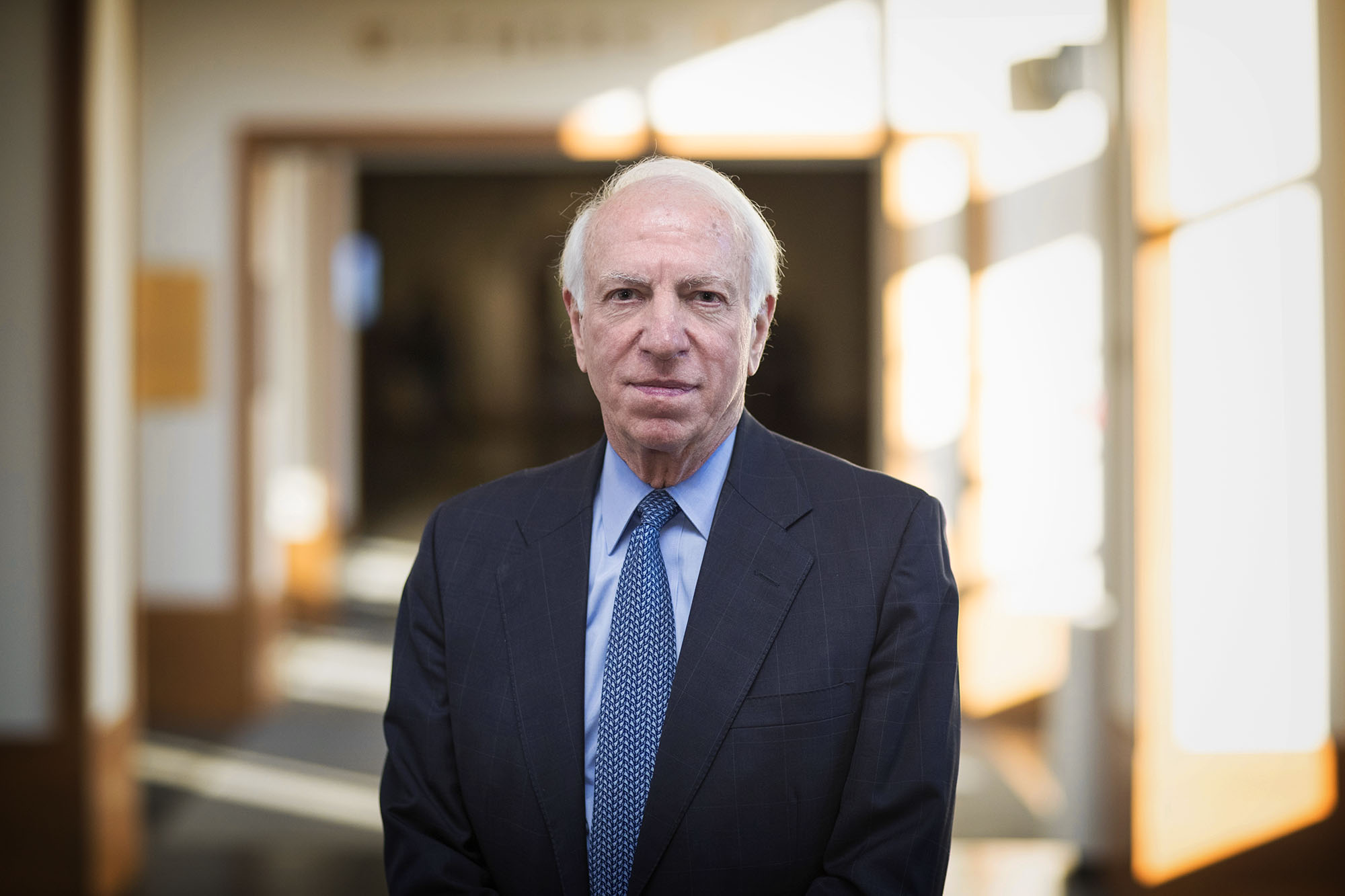
Richard Bonnie has co-written leading textbooks on criminal law and public health and devoted particular attention to public policies relating to mental health and substance abuse. (Photo by Dan Addison, University Communications)
You asked me to reflect on how we got here. Interest in marijuana laws increased substantially in the 1960s, when more people began to wonder why possession of marijuana was treated the same as possession of heroin and cocaine, punishable by serious felony penalties. It’s important to note that most of this attention came because more white people, particularly white college students, began using marijuana, which had previously been used more prevalently in Black and brown communities. That shift calls attention to the cultural and ethnic bias that has been problematic in our drug laws since those laws were initially enacted by states and the Congress in the early 20th century.
Congress passed the Controlled Substances Act in 1970, updating drug laws and reducing marijuana penalties, and established the National Commission on Marihuana and Drug Abuse to study those laws, with members appointed by President Richard Nixon.
Q. You served as the associate director of that commission. What did you find as you studied American drug laws around marijuana?
A. In our report, we recommended decriminalization, which at that time would have been a substantial change. We did not want to encourage drug use, especially among teenagers and young people, but we felt that penalizing and incarcerating people, making their lives even more difficult, was the wrong approach. Criminalization came with terrible costs – so many people incarcerated, so many lives ruined, often in a discriminatory manner, plus increases in stop-and-frisk policing and other discriminatory practices. We thought those costs far exceeded the public health gains.
At the time (in 1972), our report was positively received, and within the next four years 12 states decriminalized marijuana use. However – and it still amazes me today – that process came to a thudding halt at the end of the 1970s and the pendulum swung in the other direction, driven by the “zero tolerance” attitudes embraced during the Reagan administration. By the mid-1980s, the crack epidemic had begun, accompanied by increased violence, leading to a return of harsh drug penalties and aggressive enforcement. All of this was reinforced by the huge increases in criminal incarceration after the repressive criminal justice reforms at both the state and federal levels in the 1990s.
Looking back now, we can see the disparities and inequities enacted in this period, particularly affecting Black communities. Finally, the pendulum seems to have returned to where we were 50 years ago – decriminalization and what I believe is a more enlightened public health approach to drug policy, as opposed to a repressive criminal justice approach. Most of the debate in the Virginia General Assembly was not about if marijuana should be decriminalized, but how and how we can erase the effects of disparate enforcement of marijuana laws by expunging records and making sure that people who had been arrested are not permanently disadvantaged. These steps now are aimed at reducing the terrible costs of criminalization.
Q. What challenges do you see as Virginia moves down this path of decriminalization and legalization?
A. While I think it is important to decriminalize marijuana use, I also think it is important to be very cautious as we create a legal market for distribution. In 1972, the commission declined to recommend legalization of marijuana because we felt we did not know enough about the long-term effects of marijuana to fully legalize it, and that we as a country had not yet learned how to successfully regulate addictive drugs, such as alcohol and tobacco, while protecting public health. Today, we know a bit more – from experiences reducing underage drinking and regulating tobacco products – but we still have a lot to learn, as recent experience with vaping products shows. We still face a key question: “How do you create a legal market for an addictive substance and still protect public health?”
As Virginia considers creating a legal, commercial market for marijuana, it will be important to carefully design that market and to start slowly, rather than just opening the door right away. My main concern in commercializing marijuana is avoiding advertising and promotion that replicates the challenges we have encountered with alcohol and tobacco – providing enough reasonable access to avoid an illegal market, while also accounting for public health consequences, especially avoiding use by adolescents. While you don’t want to criminalize use, you also don’t necessarily want to encourage it, especially among young people.
